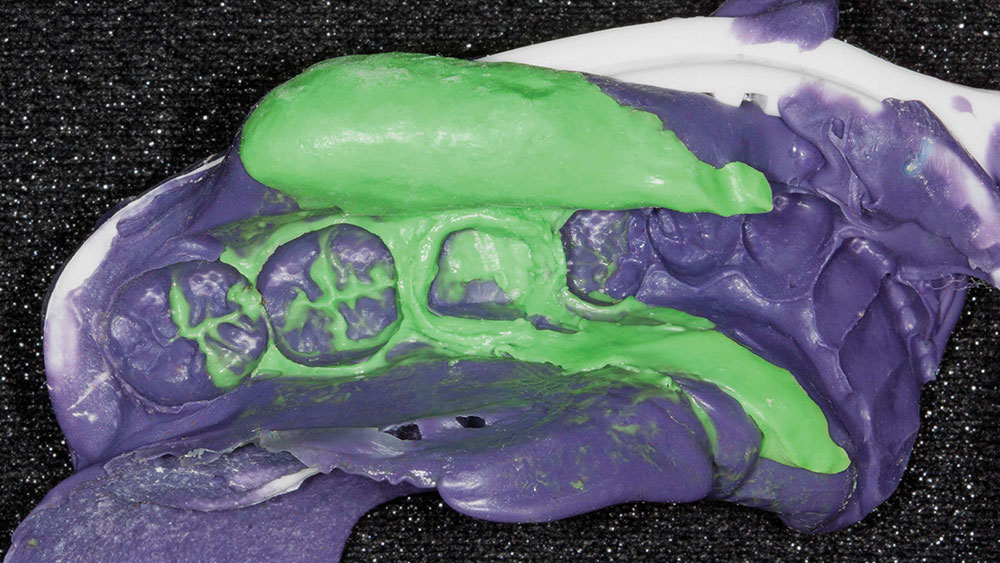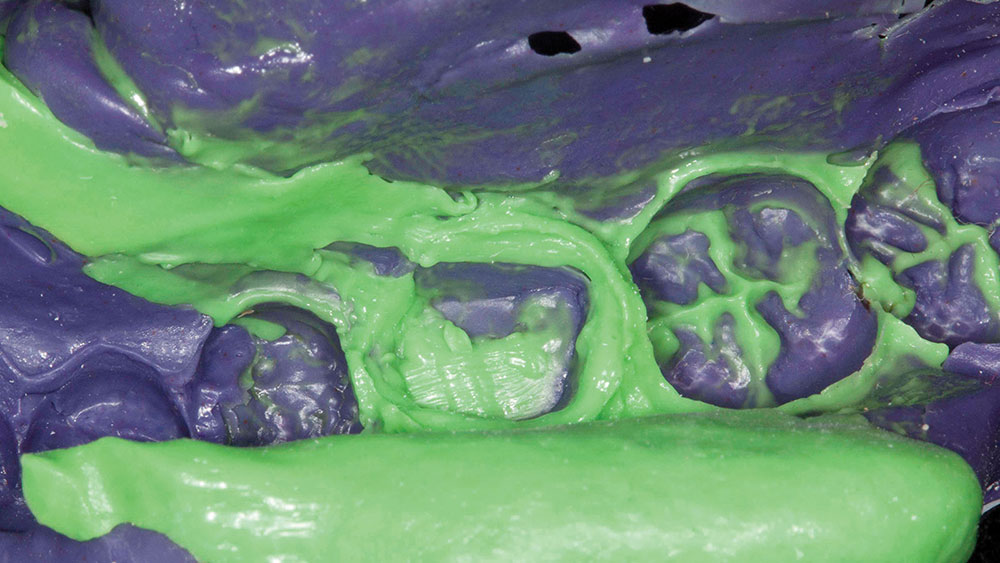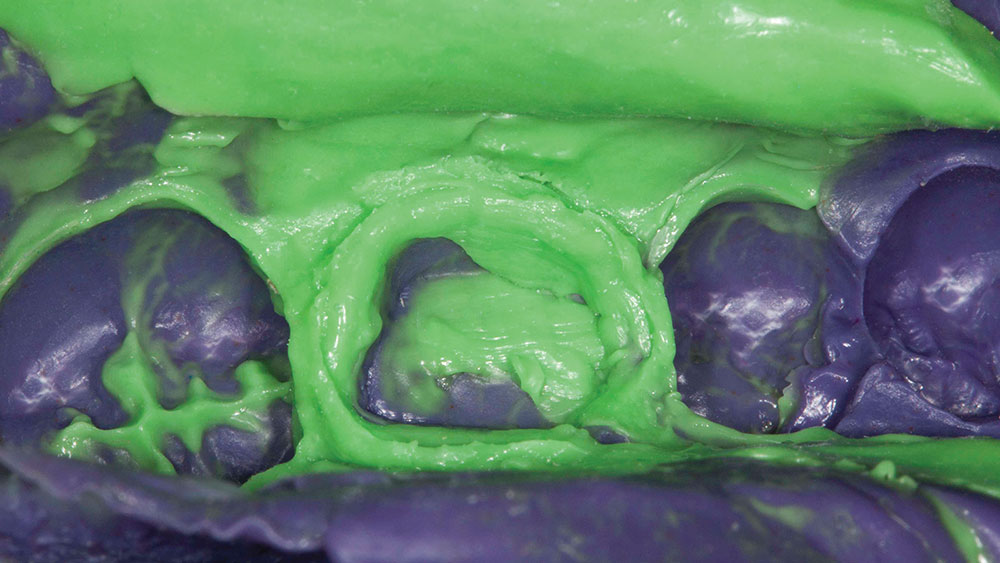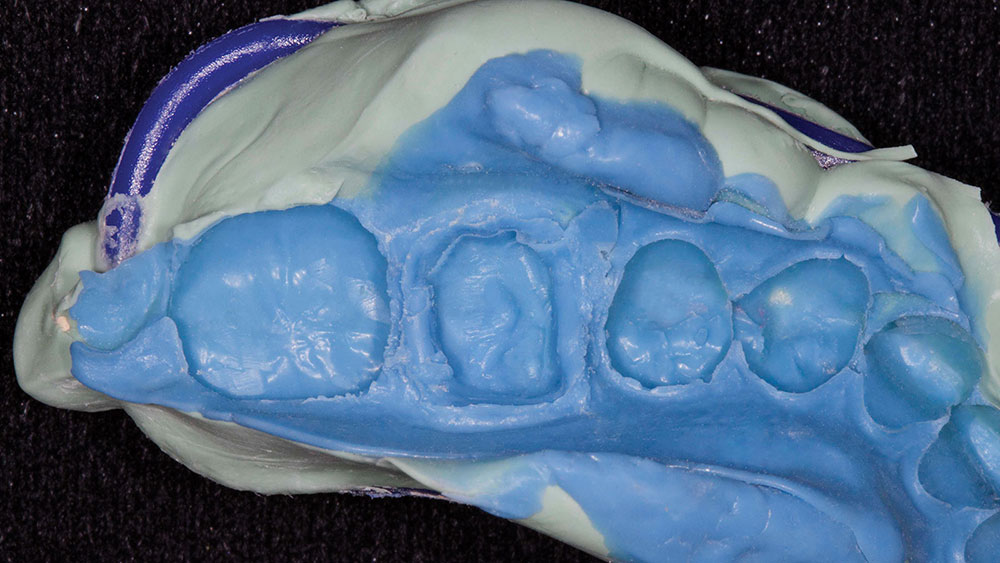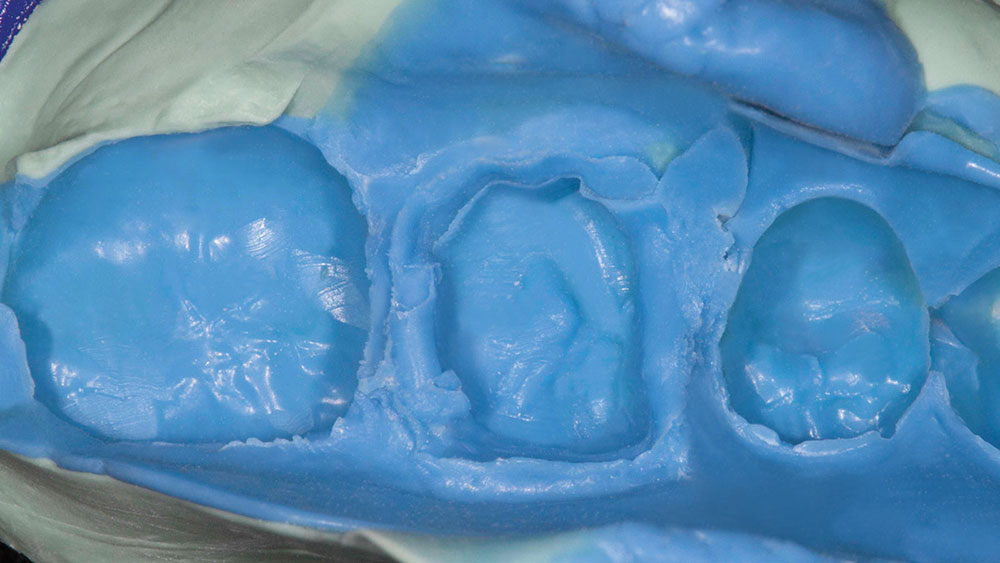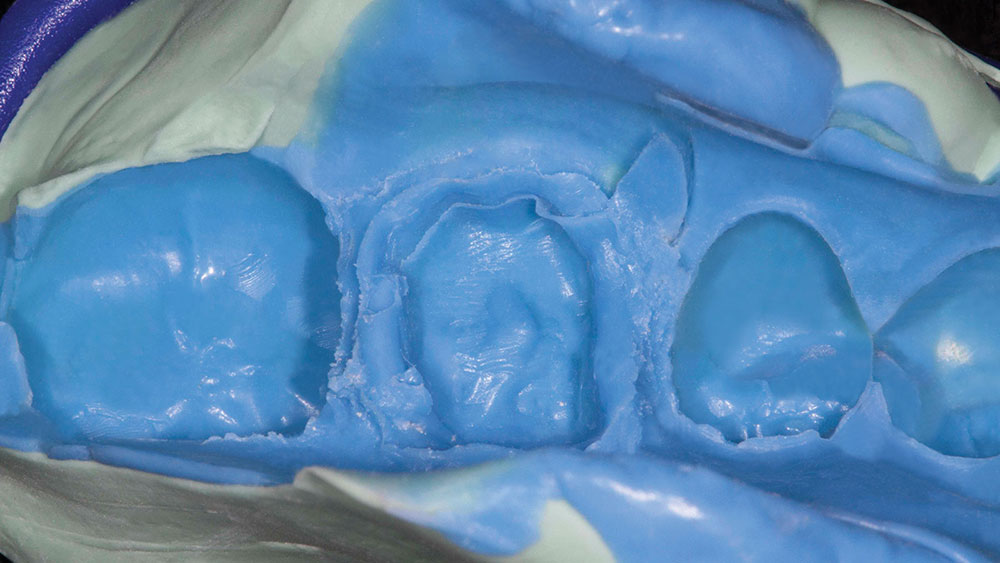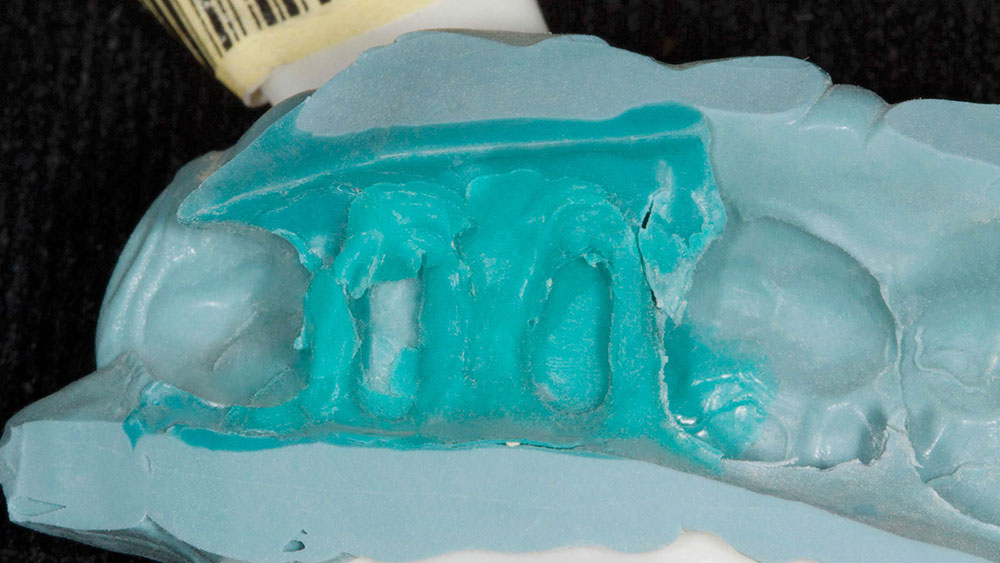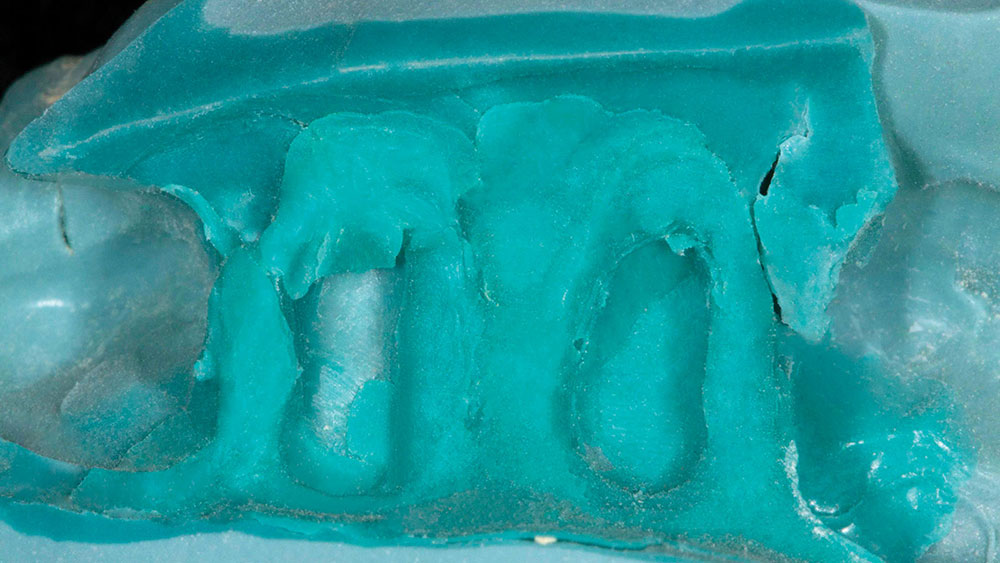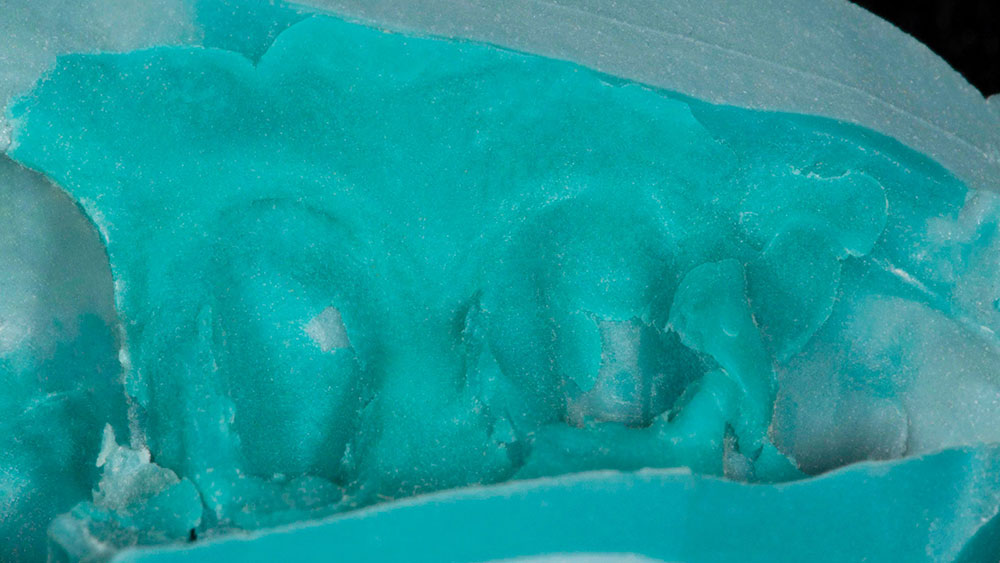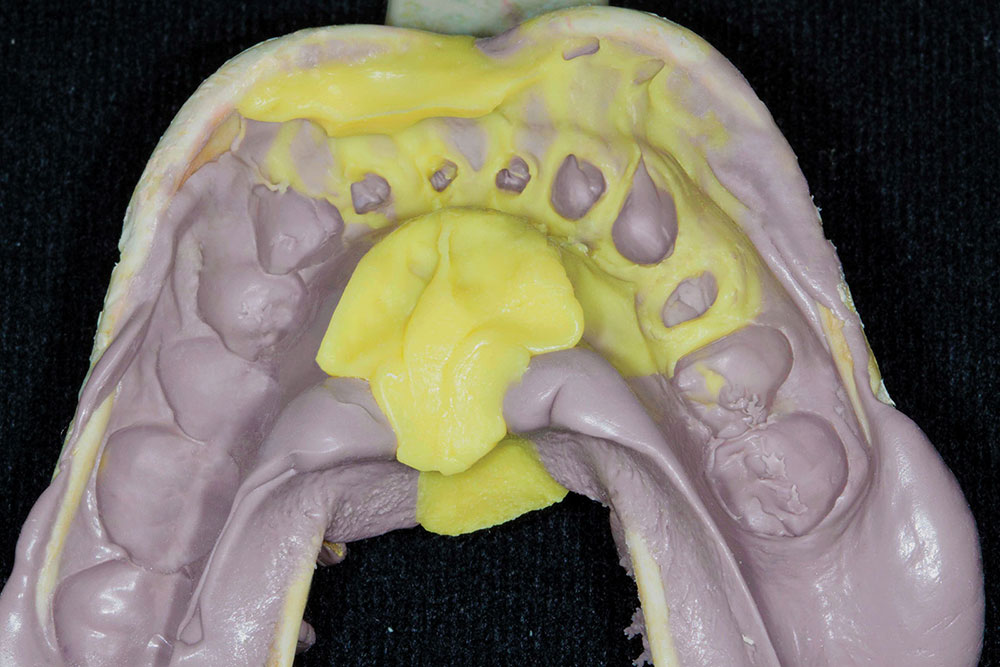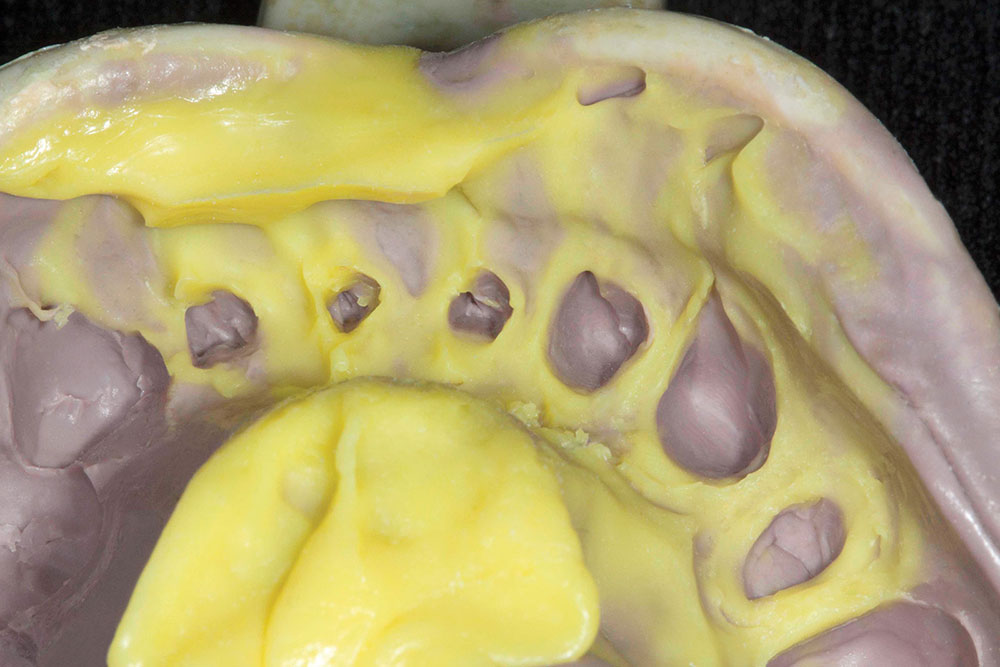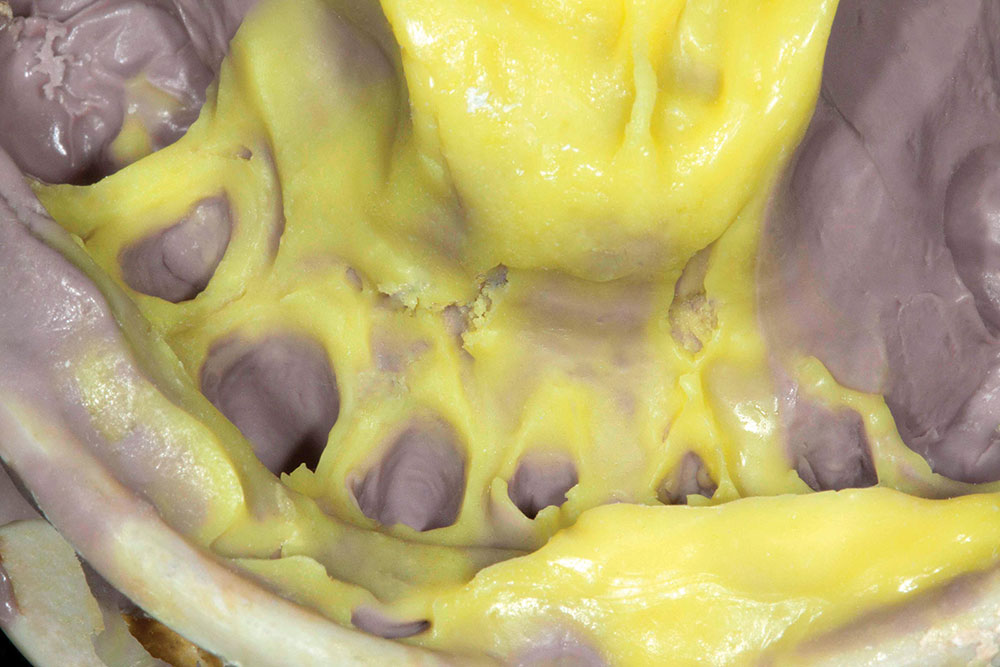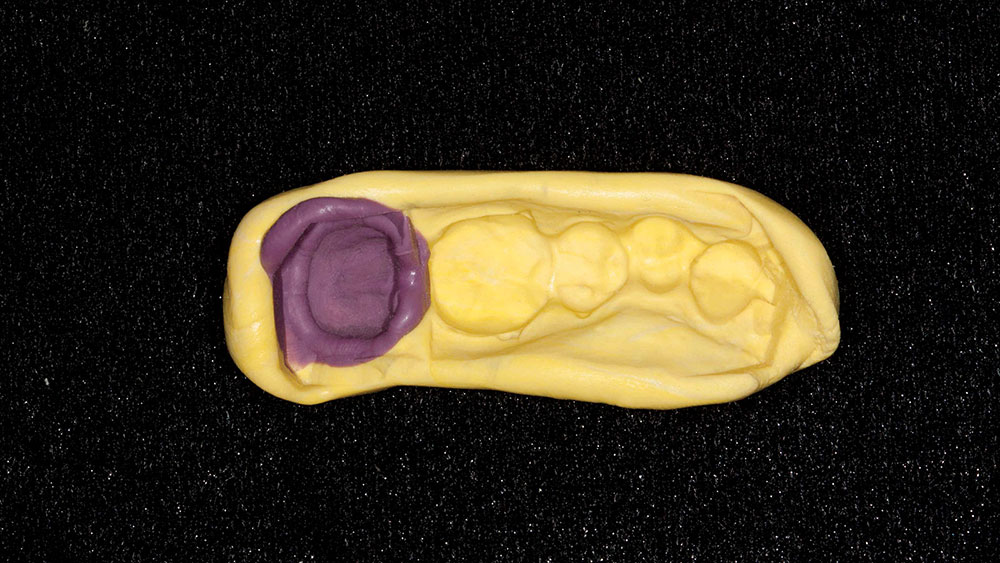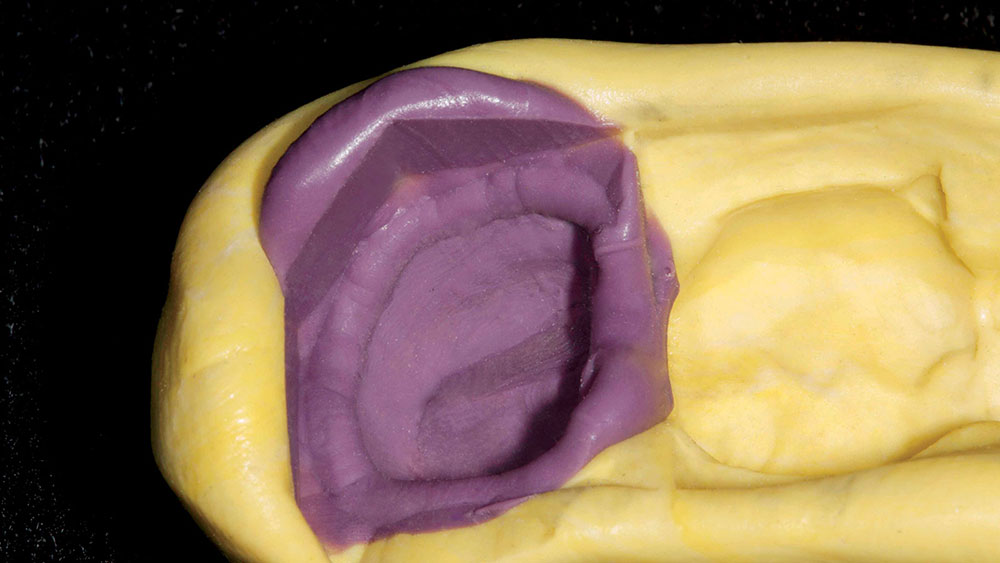And the Impy Award Goes to … — Case of the Week: Episode 82
This Case of the Week is not a regular Case of the Week. I looked around and noticed that a lot of people are doing award shows and stuff like that, and I wanted to have our own little award. So now we have the Impression of the Year, or the Impy Award in shorthand. But it’s not for the best one of the year; it’s for the most questionable one. Let’s take a look at our nominations now.
So congratulations to all the nominees. There was a bumper crop of questionable impressions from which to choose: A difficult choice, but I’m going to have to go with Dr. K. from Chicago. Of course, we picked impressions that were on the far end of the not-looking-very-good bell curve; but I have to say that, going through the year’s impressions, a lot of the ones that we looked at were actually taken very well. And as a laboratory, when you look at our remake rate — the rate of dentists sending stuff back to us — the annual figure went down. And it continues to get lower as time goes on due to monolithic restorations like IPS e.max® (Ivoclar Vivadent; Amherst, N.Y.) and BruxZir® Solid Zirconia. Both of these materials have lower remakes than PFMs ever did. As more dentists hop on board with these monolithic restorations, we see the remake rates go down. Any time we can do something to reduce the remake rate — whether it’s a technique, prepping, impressions or switching to a monolithic material — it is always a huge benefit for the patient.



